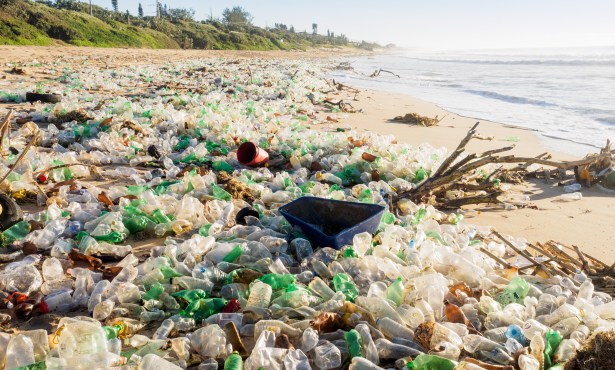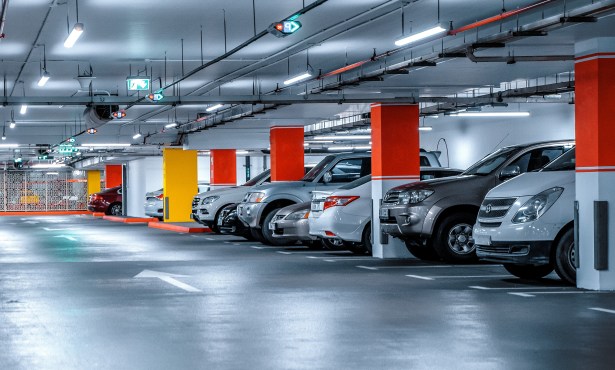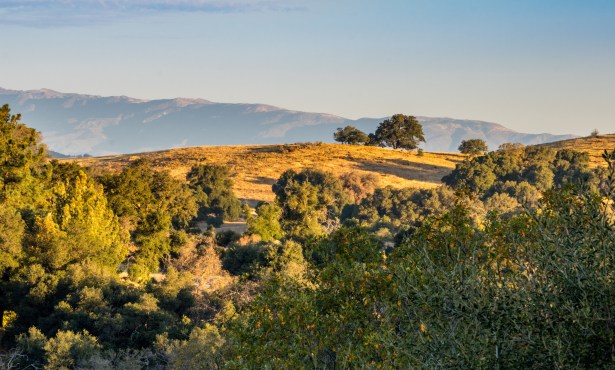Going Green: Disaster-Resilient Design
Architects Say Next Big Trend Is Building to Withstand Fires, Floods, and More
The biggest coming trend in home design as foreseen in a national survey of architects is what is called disaster-resistant design. Loosely defined, this is how to construct or modify a home so occupants can better withstand fires, floods, storms, and earthquakes.
With our changing climate bringing ever-increasing and severe storms, floods, and droughts — droughts with their concomitant wildfires — citizens are searching for ways to better prepare for and adapt to these growing dangers. Central to this is how our buildings can withstand and recover more rapidly from these disruptions. Even earthquakes, an ever-present threat, are increasing in frequency and intensity due to newer techniques of fossil fuel extraction, fracking being the most widely studied.
Any of these events can cause disruption of water, gas, and power services — for briefer or longer periods. Interestingly, good green building practices are exactly those that help us through these periods of havoc. Creating a high-efficiency building envelope together with passive solar heating and cooling buffers us from weather extremes. On-site rainwater collection, solar water heating, and photovoltaic power generation can provide us with water and power when utilities go out.
Changes in our California building codes now require buildings to be constructed to a high seismic standard, but older homes need upgrading. Installing better and more closely spaced foundation tie-downs, bracing of under house cripple walls, using steel framing connectors at strategic joints, and bracing brick fireplaces are usually easy and cost-effective steps to keep a structure from jumping off its foundation (a total loss when it occurs) and to lessen the risk of serious injury or even death. Fires often accompany earthquakes. Thus another precautionary step is to install an earthquake-actuated, automatic gas shutoff valve (costs about $150). These suggestions, as well as the ones below, although not strictly green, are considered best building practices.
Measures to decrease risk from wildfires include enclosing undersides of eaves, using noncombustible roofing and siding materials or, at least, intumescent (fire resistant) paint on vulnerable areas, creating cleared zones around buildings, regularly cleaning debris from gutters, and replacing vents with fire-rated ones to prevent entry of flames or burning embers into attic or under-house crawl spaces.
Mitigating steps for big windstorms are using hurricane straps to strengthen connections between roof and walls, and walls and foundation (also useful for earthquakes), and installing impact-resistant doors and windows or sturdy operable shutters. The best one can do to prepare for floods or landslides is to create distinct storm-water channels around and away from dwellings, while landscaping and mulching heavily, especially on upslope areas, to reduce runoff and better hold soils in place.
All of the above measures give multiple benefits, plus make good sense from an economic, environmental, and survival perspective.



